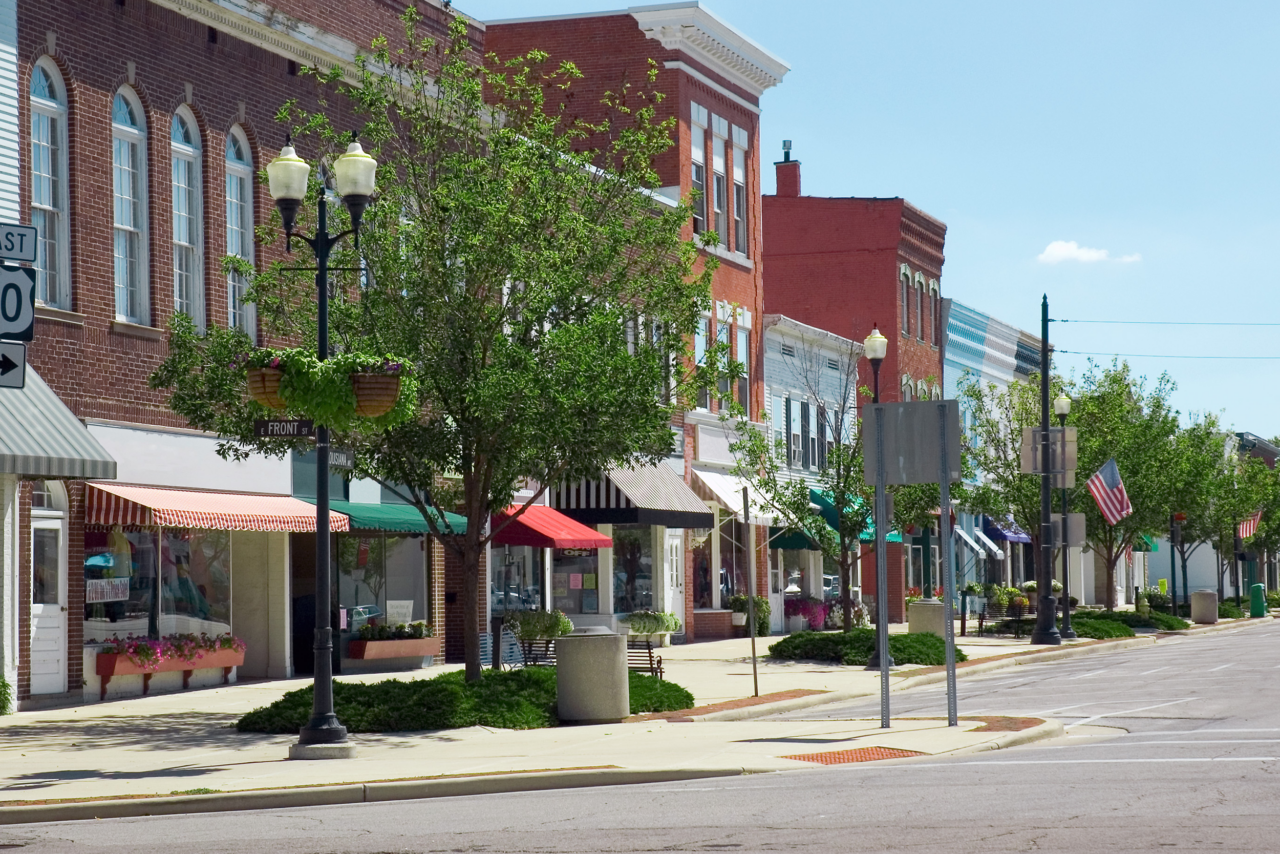Comprehensive planning is big-picture, long-range planning. Many communities avoid comprehensive planning because they don’t want to invest in a plan that they think will “just sit on a shelf.” A lack of understanding about what the plan can – and should – do compounds “comp plan aversion syndrome.”
Towns, villages, counties, and even regions can engage in comprehensive planning. While these entities are naturally interested in seeing projects as opposed to planning, a good comprehensive plan helps facilitate future development because it considers all aspects of the municipality. Adopted comprehensive plans help protect community character, resources, and quality of life. They attract good development proposals by articulating the kinds of projects that should be encouraged.
Adopted comprehensive plans support grant applications and confer extra points over competitors that do not have plans. The plan markets communities to prospective residents because they can see how they fit into the community as it develops. Elected officials, including county legislators as well as state and federal representatives, are in a better position to help because they are aware of the long-term goals articulated in the plan.
 The planning process can be extraordinarily rewarding and can pay back for years to come. To do so, comprehensive planning addresses the Three Big Planning Questions:
The planning process can be extraordinarily rewarding and can pay back for years to come. To do so, comprehensive planning addresses the Three Big Planning Questions:
- Where are we?
- Where do we want to go?
- How are we going to get there?
Here’s How It All Works:
Where Are We?
The comprehensive planning process begins with an in-depth inventory. The inventory identifies existing conditions such as population and housing characteristics, socio-economic indicators, services like schools, transportation, infrastructure, historic and cultural resources, and open space systems. Communities often learn new things about themselves during this step!
During the inventory phase, existing plans and strategies that influence and impact the community are also considered. These include such documents as regional economic development and transportation plans, corridor studies, waterfront plans, etc. The comprehensive plan’s consistency with these documents is crucial to attract funding for recommended initiatives.
Where Are We Going?
The comprehensive planning process engages residents and stakeholders to develop a vision for the future. In addition to convening a steering committee to guide the plan process, public involvement includes meetings such as workshops, open houses and hearings, small group or focus group meetings, and surveys. This visioning process informs development of goals and objectives.
Communities want to preserve their existing character but they also want to expand their tax bases, attract new residents, and increase the amenities they can offer their residents. Guided by the vision, goals, and objectives, the future land use plan illustrates development could take place over the course of the next 20 years. Balancing preservation and development goals, the Future Land Use Plan identifies locations for future housing, industry, commercial development, and parks and open space, and anticipates the need for future infrastructure and services.
The Future Land Use Plan is also important because while it does not have the force of law, it is the rationale for future zoning, which does. With a solid Future Land Use Plan, zoning changes that strike that balance can be made. The Future Land Use Plan also protects the community from claims that the new zoning is capricious. As a result, it is one of the most important elements of the comprehensive plan.
How Are We Going to Get There?
With a solid vision and Future Land Use Plan in hand, priority actions that will help implement the plan and realize the vision the plan outlines can be drafted. A list of recommendations for projects such as infrastructure development, studies and other measures emerges, creating a checklist for implementation. This checklist should include priority and phasing of each recommendation and identify which entity will take the lead as well as the partners for each recommendation. Costs and potential funding sources round out the check list.
Communities themselves – the planning villages, towns, counties, and regions –benefit from their comprehensive plans, but so do myriad local groups such as social, religious, and fraternal organizations. Each of these finds a role in the new comprehensive plan. Each will also find the information in the plan’s inventory incredibly helpful as they write grant applications and seek funding to contribute to the community’s well-being, vitality, and quality of life. Many opportunities for inter-municipal cooperation emerge from comprehensive plans, making regions stronger and attracting additional funding.
In New York and many other states, municipalities refer the completed plan to the county prior to adoption to ensure consistency and compatibility with county and regional goals and policies. Then the plan is presented to the public for a public hearing and adopted. Many states, including New York, require an environmental review of the plan; communities can decide for themselves how detailed they want this review.
LaBella has experienced AICP-certified comprehensive planning project managers in its Planning Division. We give communities the resources they need to develop comprehensive plans and guide them through a process that is both enriching and enjoyable.



 The planning process can be extraordinarily rewarding and can pay back for years to come. To do so, comprehensive planning addresses the Three Big Planning Questions:
The planning process can be extraordinarily rewarding and can pay back for years to come. To do so, comprehensive planning addresses the Three Big Planning Questions: